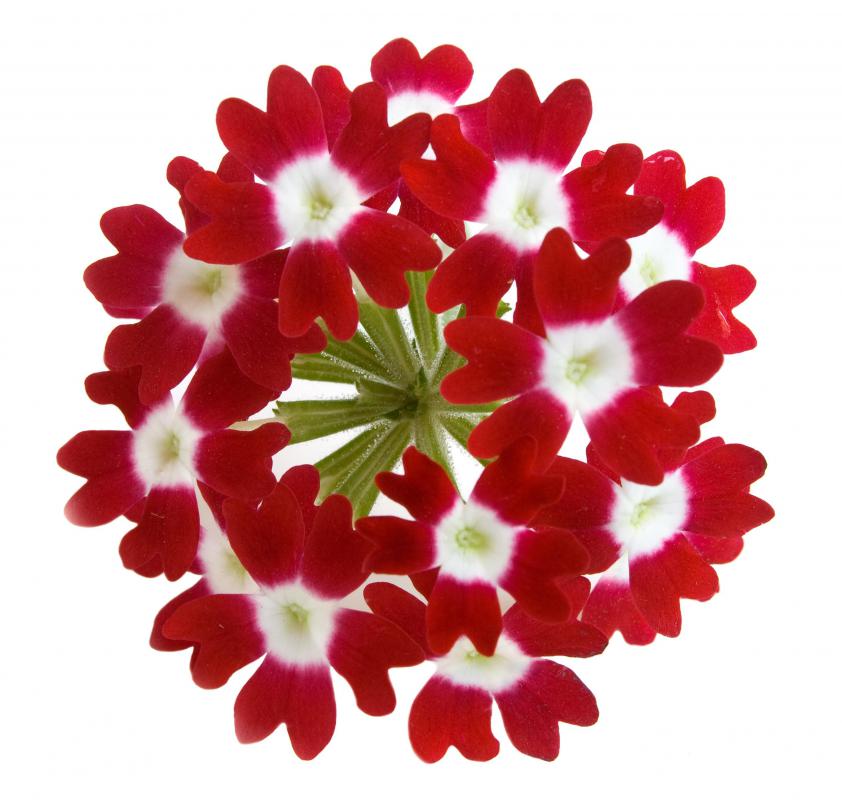At HomeQuestionsAnswered, we're committed to delivering accurate, trustworthy information. Our expert-authored content is rigorously fact-checked and sourced from credible authorities. Discover how we uphold the highest standards in providing you with reliable knowledge.
What is a Tussie-Mussie?
A tussie-mussie is a compact floral bouquet with bound stems, classically presented with the stems wrapped in ribbon or enclosed in a decorative cone. The origins of the term “tussie-mussie” are a bit unclear, but the practice of giving these bouquets dates to the medieval era, when people exchanged floral gifts which were supposedly intended to mask some of the more earthy odors of the era. More likely, people exchanged flowers as gestures of friendship and affection, as medieval noses were less sensitive to the scents of their society than modern noses would be.
You may also hear a tussie-mussie referred to as a bouquet or nosegay, with “tussie-mussie” being a primarily Victorian term. Some people call these bouquets “word posies,” in a reference to the symbolic meaning linked with various flowers in the Victorian era. In fact, associations of specific meanings with various colors and flowers dates back thousands of years, although each era tends to develop new takes on traditional meanings.

To the Victorians, the contents of a tussie-mussie could be very telling. An arrangement with forget-me-nots, for example, suggested true love, while yellow roses symbolized friendship. Lilies stood for purity, snowdrops for hope, and yew for sorrow. Lemon balm and red poppies might be used in a bouquet to symbolize empathy and consolation, while ivy, lavender, and myrtle stood for loyalty and devotion.
Women often exchanged such bouquets with their friends and loved ones, and the tradition of carrying a tussie-mussie at a wedding arose in the 1800s. Brides usually carried the ornamental bouquet in a silver or enameled cone, also known as a tussie-mussie. Antique cones sometimes sell for high sums in stores, and modern versions can also be found in home design stores, especially those which stock Victoriana.
Tussie-mussies can also be exchanged in the modern era, although they are more commonly used as floral arrangements for members of a wedding party, especially in an old-fashioned wedding. Different cultures ascribe different symbolic meanings to various flowers and colors, so it is a good idea to research regional traditions if you plan on giving someone a word posy, to ensure that you aren't accidentally sending the wrong message, so to speak.
Many florist shops stock such bouquets or have staff on hand to make them by request. A well-made tussie-mussie should have a nice balance of flowers and colors, with a compact shape, although occasional sprays of foliage are permissible.
AS FEATURED ON:
AS FEATURED ON:











Discuss this Article
Post your comments